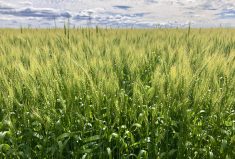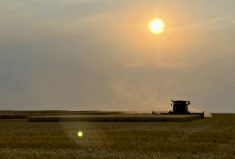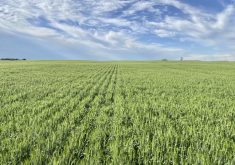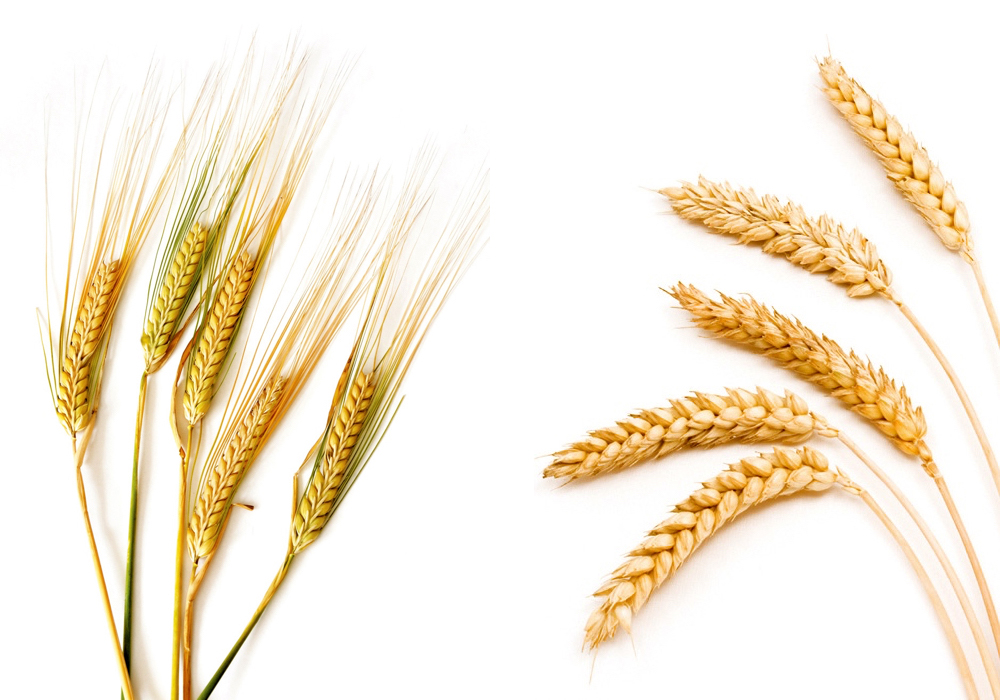When it comes to on-farm testing, part of the equation is seeing how products function in the real world.
So, while dry conditions are not ideal circumstances, the agronomist lead of Alberta Grains’ Plot2Farm program says testing enhanced efficiency fertilizers, PGRs and nitrogen rates has value.
“I’d say overall (2023) was a relatively successful year,” said Jeremy Boychyn, agronomist with Alberta Grains.
Read Also
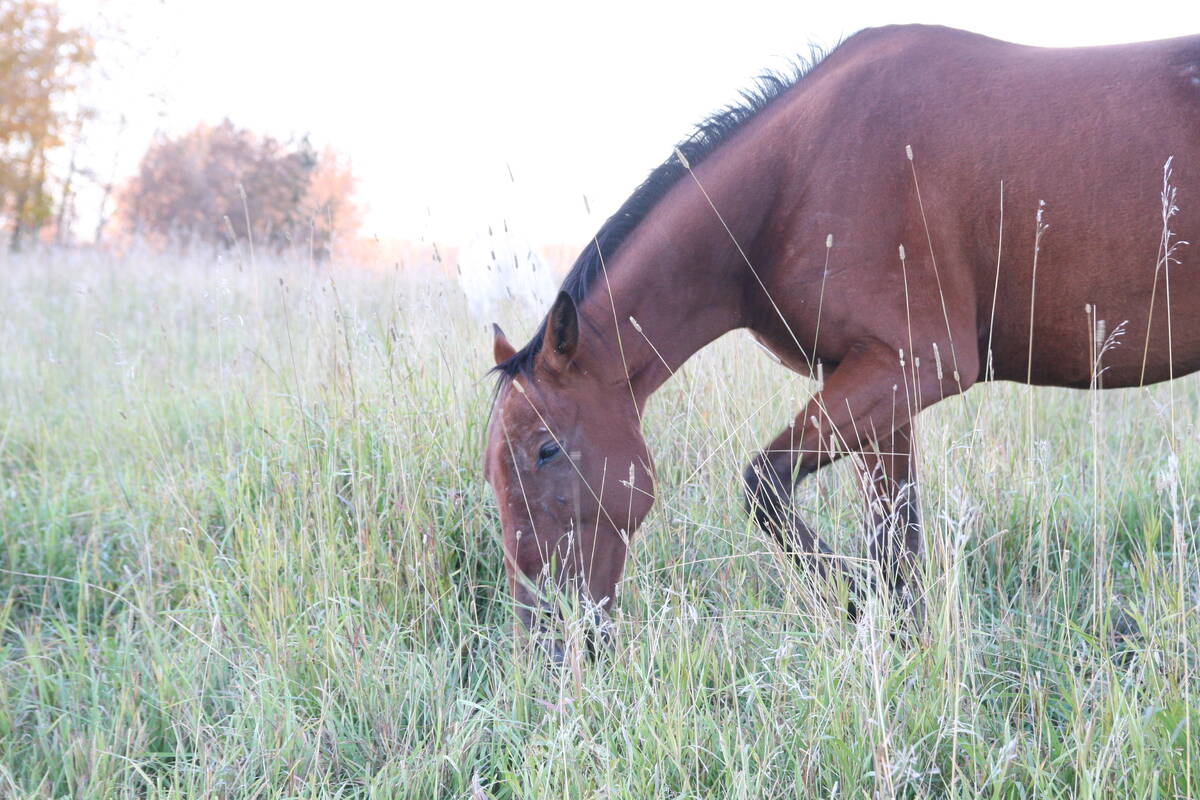
Beware giving horses too much iron
Horses consuming too much iron through diet or well water risk health problems like laminitis. Mineral testing forage and water is good practice for owners.
“We didn’t see too many significant differences between treatments and a lot of that comes down to the environmental conditions we were dealing with, but that’s all part of it.
“Not every year is going to pose a value to every management practice and it’s important to know when things do work and when things don’t work.”
Plot2Farm is a yearly field-scale research program in which farmers conduct trials of their choosing with the assistance of Alberta Grains staff, who ensure proper research protocols are employed. Around 10 producers participated in the 2023 program.
Although the trials covered a range of topics, the central theme was research on the yield and quality effects of a number of enhanced efficiency fertilizers (EEFs).
“With the growing discussion around enhanced efficiency fertilizer use and reduced emissions, producers were curious about what the potential value of EEFs could be on their farms,” said Boychyn.

The four EEFs included Environmentally Smart Nitrogen (ESN, tested near Stony Plain on 5700 spring wheat), Neon Air (Onoway, AC Brandon spring wheat), Nitrain 2.0 (Carstairs, CDC Hodge VB spring wheat) and SuperU (Barons, AAC Stronghold durum).
Each product was placed under three treatments: 100 per cent of nitrogen from urea; 25 per cent of nitrogen from urea and 75 per cent nitrogen from EEF; and 50 per cent of nitrogen from urea and 50 per cent from EEF.
Each EEF received four treatment repetitions. Rainfall ranged from 4.9 inches from May until August at the Barons site to 26 inches in Onoway. (The Barons site also received 7.5 inches in irrigation).
No yield boost
No statistically significant yield rate increases were observed from the four tested EEFs.
Quality metrics were more noticeable in two cases. A 75/25 ratio of urea to Neon Air showed a statistically significant difference of 0.3 per cent more hard vitreous kernels than a treatment of 100 per cent urea.
The SuperU test saw a 0.3 per cent increase in protein in a 75/25 urea-to-SuperU ratio treatment compared to 100 per cent urea.
The Plot2Farm report said it’s possible some nitrogen loss mitigation from SuperU may have increased the amount of late season N available for uptake, causing a higher level of grain protein.
Although that small protein increase was considered statistically significant, Boychyn said it was more a measure of dependability than economic gain.
“In terms of economical significance to a farmer, if they’re not getting any additional value selling their grain at the elevator with a 0.3 per cent increase from 14.2 to 14.5, then economically it’s not significant,” he said.
“But when we’re talking about statistical differences in numbers, it means that based on the data coming in, there’s a 95 per cent confidence those treatments would create that difference every (time).
“So the difference we can be confident in but the actual economic impact to producers is slim to nothing.”
Boychyn said lack of difference among treatments in the EEF trials comes down to a couple of factors.
“One, all of the trials had the urea or enhanced efficiency fertilizer banded relatively deep so the risk of volatilization in those situations goes down,” said Boychyn. Three of the products — Neon Air, Nitrogen 2.0 and SuperU — are marketed for decreasing nitrogen volatilization using various techniques.
“There’s a physical soil barrier between the product and the air so that mitigates a large portion of the potential risk of volatilization, at least to where it may be impacting yield or quality.
“The other factor which would impact potential denitrification and leaching is that we had a dry spring. Those types of denitrification and leaching come when we’re in saturated soils.”
Regulator
Another project tested the plant growth regulator (PGR) Manipulator 620 application on AAC Wheatland VB spring wheat. The goal was to measure the yield and quality impacts of Manipulator on spring wheat production.
The trial included five repetitions under 10.2 inches of rain from May to October and was a repeat of the same project conducted in 2022 on the same Willingdon producer’s farm, said Boychyn.
The trial design compared a check treatment to one featuring Manipulator 620.
Manipulator had little impact on yield and quality. Lodging was another factor the project focused on, but no lodging was seen throughout the field.
These results differ from the same project completed in 2022, said Boychyn.
“(In 2022) when we did this trial, we took drone imagery of the lodging and then found that there was a significant difference in the amount of lodging that occurred in the field when we applied a PGR,” he said.
“(In 2023) we did not see any visual lodging across the entire field for either the treated or untreated parts of the field, which is interesting because we had greater rainfall (in 2023) than (2022).
“But when talking to the farmer, the time when it rained and the amount of wind that came with the rain was less than it was (in 2022), so less lodging or no lodging occurred and we didn’t see a significant difference in yield with an application of the PGR Manipulator.”
There was a small bump in yield, from 95.4 bushels per acre with no PGR to 99 bu./ac. with Manipulator.
“Although it’s not significant, there’s about a five-bushel difference we’re seeing in the values,” said Boychyn. “It’s not something we can rely on happening, but there seems to be a little bit of a trend there.”
The variety may have skewed results. According to the Alberta Seed Guide, AAC Wheatland VB has a lodging rating of “very good”, meaning its lack of lodging may have been due to genetic resistance rather than rainfall deficiency alone.
Rates
A trial near Carstairs focused on increasing nitrogen rates in barley. It employed four repetitions with three treatments of N on Sirish barley: 60, 70 and 80 pounds of nitrogen per acre. The location received 9.7 inches of rain.
The nitrogen treatments did not drive significant changes in plant stand, yield, protein or bushel weight.
“Again, with this trial, we didn’t see any significant difference between any of those treatments,” said Boychyn.
“The additional nitrogen wasn’t paying back for these trials and the most economic direction for that producer to go with was sticking with that 60 pounds.
“The feedback there is that based on those strip trials, there really isn’t a need to increase nitrogen above typical recommendation he’s (following).”
Boychyn said this trial was important when considering modern breeding trends.
“With these new varieties we’re seeing on the feed barley side that can really push yields, this is an important question. Are we making the most of the new variety and genetics we’re implementing? Based on this farmer in this situation, we very much are.”
Alberta grain producers interested in submitting an application for Plot2Farm 2024 should do so fairly quickly, said Boychyn. Alberta Grains was still accepting applications when contacted March 7.
“We have kind of a soft deadline of mid-March,” he said.




